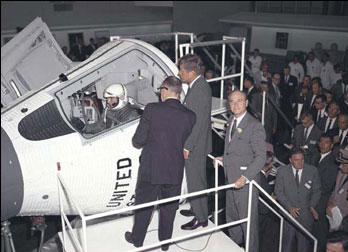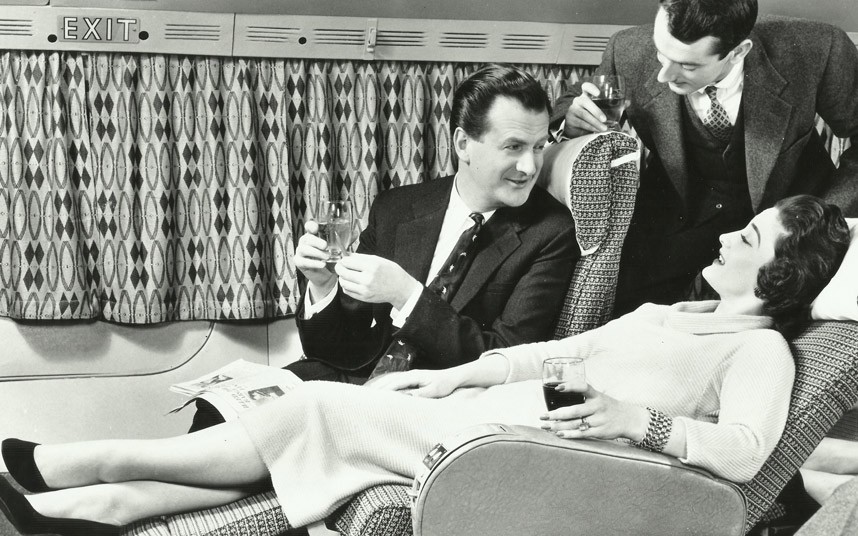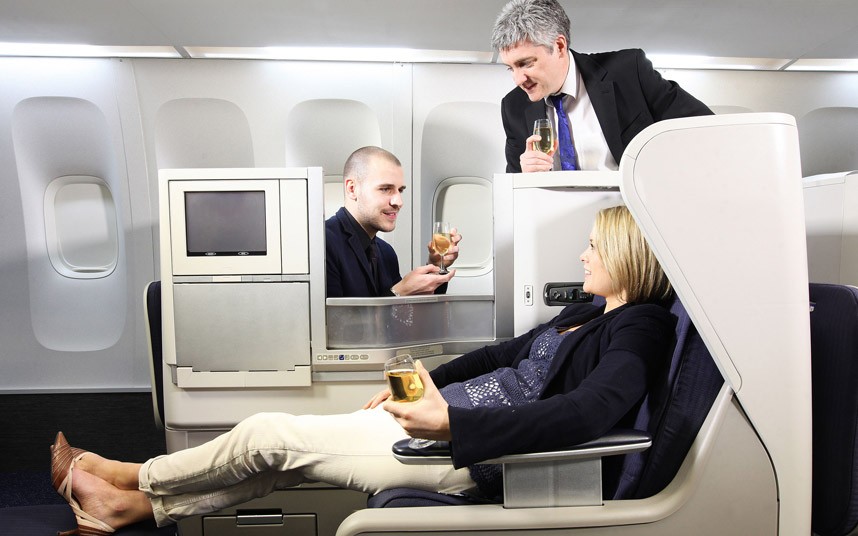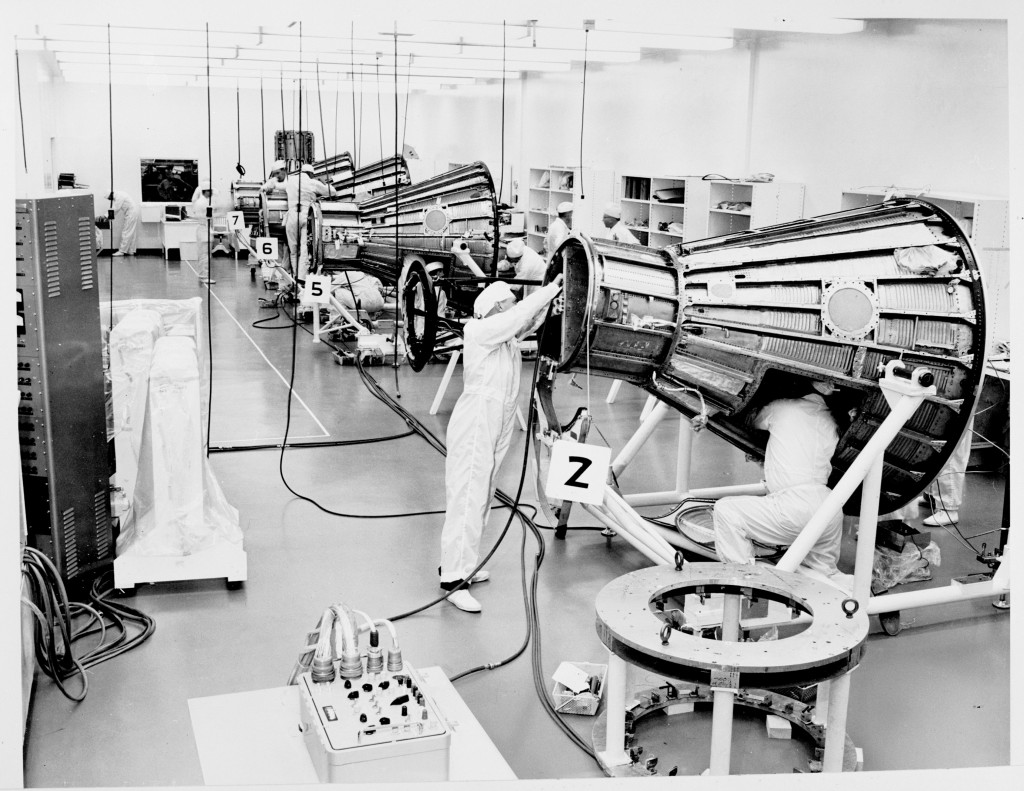

Boeing Saint Louis
Meet Boeing St. Louis
What Boeing does in St. Louis
You see Boeing in the St. Louis community–hiring, supporting local causes, building airplanes. But do you really know what Boeing does here?
St. Louis is home to Boeing Defense, Space & Security (BDS), one of the largest, most experienced companies in the markets it serves around the world. The business’ main location is at Lambert–St. Louis International Airport. The company is involved in the design, production and support of military fixed-wing aircraft, rotorcraft, weapons, and satellite systems, among others.
The company’s St. Louis portfolio includes the 702 family of satellites; AH-64 Apache helicopter; cyber security; EA-18G electronic attack aircraft; KC-46 aerial refueling aircraft, which is based on the Boeing 767 commercial airplane; the P-8 anti-submarine/anti-surface warfare aircraft, which is based on the 737 commercial jet; and the Phantom Eye unmanned aircraft system that is fueled by liquid hydrogen.
Boeing has a long history in Missouri and supports many employees, communities and businesses.
- Boeing has 612 Supplier/Vendor Locations in the state
- Boeing Supplier/Vendor Purchases in Missouri: $860 million
- Boeing supports an estimated 29,000 direct and indirect jobs in Missouri
- Boeing Employees in Missouri: 15,168
- Boeing Retirees in Missouri: 20,023
- Boeing Charitable Contributions in Missouri: $17 million
Notable Boeing St. Louis Employees
- John Smith, Former NASA astronaut, 1981-1987, piloted one Space Shuttle mission and commanded two others.
- Joe Jones, Boeing Engineer, 1981-1987, invented the example wing
- John Smith, Former NASA astronaut, 1981-1987, piloted one Space Shuttle mission and commanded two others.
- Joe Jones, Boeing Engineer, 1981-1987, invented the example wing
- John Smith, Former NASA astronaut, 1981-1987, piloted one Space Shuttle mission and commanded two others.
- Joe Jones, Boeing Engineer, 1981-1987, invented the example wing
- John Smith, Former NASA astronaut, 1981-1987, piloted one Space Shuttle mission and commanded two others.
10 Things You Didn’t Know about Boeing in St. Louis
 1. 747s--made right here in the Puget Sound are-- have flown more than 3.5 billion people. That’s almost half the planet's population.
1. 747s--made right here in the Puget Sound are-- have flown more than 3.5 billion people. That’s almost half the planet's population.
 2. The Dreamliner contains approximately 2.3 million parts, which have been supplied from all over the world. The Boeing 737 had only 400 thousand parts.
2. The Dreamliner contains approximately 2.3 million parts, which have been supplied from all over the world. The Boeing 737 had only 400 thousand parts.
 3. Boeing 747 planes -- all versions - have flown a combined total of more than 35 billion miles which is the equivalent of 75,000 trips to the moon and back.
3. Boeing 747 planes -- all versions - have flown a combined total of more than 35 billion miles which is the equivalent of 75,000 trips to the moon and back.
 4. 747s--made right here in the Puget Sound are-- have flown more than 3.5 billion people.
4. 747s--made right here in the Puget Sound are-- have flown more than 3.5 billion people.
 5. The Dreamliner contains approximately 2.3 million parts.
5. The Dreamliner contains approximately 2.3 million parts.
 7. 747s--made right here in the Puget Sound are-- have flown more than 3.5 billion people.
7. 747s--made right here in the Puget Sound are-- have flown more than 3.5 billion people.
 8. The Dreamliner contains approximately 2.3 million parts.
8. The Dreamliner contains approximately 2.3 million parts.
 9. Boeing 747 planes -- all versions - have flown a combined total of more than 35 billion miles.
9. Boeing 747 planes -- all versions - have flown a combined total of more than 35 billion miles.
 6. The Dreamliner contains approximately 2.3 million parts.
6. The Dreamliner contains approximately 2.3 million parts.
 10. 747s--made right here in the Puget Sound are-- have flown more than 3.5 billion people.
10. 747s--made right here in the Puget Sound are-- have flown more than 3.5 billion people.
Meet Elinor Otto
At 93, this Rosie is still riveting
Elinor Otto picked up a riveting gun in World War II, joining the wave of women taking what had been men’s jobs. These days she’s building the C-17.
Just another day at the office for a 93-year-old “Rosie the Riveter” who stepped into a San Diego County factory in 1942 — and is still working on the assembly line today.
Otto is something of a legend among her co-workers on the state’s last large military aircraft production line. And her legend is growing: She was recently honored when Long Beach opened Rosie the Riveter Park next to the site of the former Douglas Aircraft Co. plant, where women worked during World War II.
“She’s an inspiration,” says Craig Ryba, another structural mechanic. “She just enjoys working and enjoys life.”
A Look Back
A Presidential Visit

Boeing St. Louis sites have been host to U.S. presidents, British royalty, military leaders and government dignitaries from all over the world. In 1962, President John F. Kennedy (second from left, on stage) visited St. Louis for a briefing on the Gemini spacecraft. Behind Kennedy is James McDonnell.
Then and Now

The spacious beautifully appointed main cabin of a BOAC Boeing Stratocruiser, circa 1949, allowed passengers to relax in sumptuous comfort.

British Airways Club World (Business Class)
Making a Difference
I’ve Got a Great Idea
Meet a Boeing engineer who’s discovered she has a knack for inventing, thanks to colleagues who have mentored her.

Not long after Angela Li started at Boeing as a college intern five years ago, she was bitten by the invention bug.
With opportunities, such as Boeing’s Engineering Career Foundation Program, offered to her after her graduation, Li knew that technical development opportunities were abundant and out there for employees. So, when she joined full-time, she went looking for them.
Now an avionics design engineer for Boeing Commercial Airplanes, Li found such an opportunity in mentors who taught her the creative craft of innovation.
“Angela was great to mentor because she wasn’t just willing to learn, she was eager, and she had good ideas,” said Wayne Howe, a Boeing Technical Fellow, one of Li’s co-inventors on pending Boeing patents.
Working one-on-one and through Invention Workshops, the Technical Fellows inspire and coach other technical team members on turning their ideas into actual innovation. Workshops, which are half-day seminars that begin with group lessons, put learners together with Technical Fellows or patent consultants. The pairs then work through an idea.
“People often think that you have to be a rocket scientist to invent something here, but that’s not the case,” Tillotson said, adding that mentoring can lead to a treasure trove of ideas because mentored colleagues can offer fresh ideas and different ways of thinking.
Li said that she understands that it doesn’t take an Edison or Einstein to make valuable contributions to Boeing’s innovation.
Boeing Phantom Swift Selected for DARPA X-Plane Competition
Innovative design features fans in fuselage and wingtips to aid lift and control
Phantom Swift, a prototype Boeing initially built in less than a month, has been accepted to be part of the Defense Advanced Research Project Agency (DARPA) Vertical Takeoff and Landing (VTOL) X-plane program. DARPA is trying to mature a new aircraft configuration capable of both efficient hover and high-speed cruise. The design is a product of St. Louis-based Boeing Defense, Space & Security.
“Proving these capabilities in a single aircraft has been the holy grail for tactical military aviation,” said Dan Newman, Boeing Phantom Works Advanced Vertical Lift capture team lead. “We’re confident that Phantom Swift could be the solution.”
Phantom Swift features two large lift fans – inside the fuselage – that provide efficient vertical lift. Once the aircraft transitions to cruise mode, the fans are covered. It also features smaller ducted fans on the wingtips that provide forward thrust, and provide additional lift and control in hover.
Boeing Celebrates Centennial Anniversary with Range of Activities and Events in St. Louis
On July 16, 2016, Boeing will celebrate proin placerat, mauris in bibendum laoreet, elit neque luctus eros, eget bibendum urna odio eu nulla. Curabitur vel sapien lobortis, tristique erat id, sodales purus. Proin eleifend, ligula et feugiat interdum, urna quam semper sem, vitae luctus tellus felis quis eros. Ut ex arcu, ornare a quam pharetra, lacinia aliquet ante. Nam sed purus metus. Curabitur vel sapien lobortis, tristique erat id, sodales purus. Ut elementum mi sem, commodo hendrerit velit mollis et. Mauris tristique magna a erat interdum consequat. Morbi sodales interdum suscipit. Maecenas dolor quam, convallis id vehicula sit amet, Releifend quis metus. Curabitur tempor vestibulum risus, a rutrum justo ornare et.
Come Celebrate with Us
Nam sed purus metus. Curabitur vel sapien lobortis, tristique erat.
Curabitur vel sapien lobortis, tristique erat id, sodales purus.
Nam sed purus metus. Curabitur vel sapien lobortis, tristique erat.
Curabitur vel sapien lobortis, tristique erat id, sodales purus.
Nam sed purus metus. Curabitur vel sapien lobortis, tristique erat.
Looking Ahead
The Next Generation of Aerospace
Caridad Salgado, Sheetmetal-A assembler, Ridley Township.
Q&A
Why did you join Boeing?
lacinia aliquet ante. Nam sed purus metus. Curabitur vel sapien lobortis, tristique erat id, sodales purus. Ut elementum mi sem, commodo hendrerit velit mollis et. Mauris
What would you like to be doing in 10 years?
tristique magna a erat interdum consequat. Morbi sodales interdum suscipit. Maecenas dolor quam, convallis id vehicula sit amet, Releifend quis metus. Curabitur tempor
What advice would you give someone looking for a career path?
vestibulum risus, a rutrum justo ornare et.
Why Not Join Us?
At Boeing, it could mean just about anything. But you can count on it to be exciting. Yes, they have rocket scientists. But they also have chemists. And engineers. And accountants. And mechanics. And mathematicians. And cyber security experts. And just about any other job you can think of.
Every day, they all put their heads together to design and build technologies and products we use every day. The next time you’re outside, look up. If you see an airplane, odds are it’s made by Boeing. And the company continues to expand beyond aerospace into other advanced technology fields.
To learn how Boeing is motivating the next generation of innovators, click here
For information on Internships and careers at Boeing, click here.
One More Thing

This 1960 photo shows the “clean room” for Mercury spacecraft production at Boeing heritage company McDonnell Aircraft in St. Louis. Photo credit: Boeing photo
